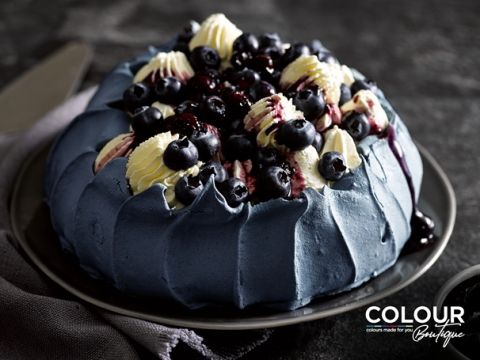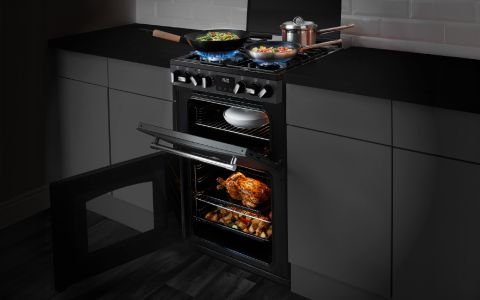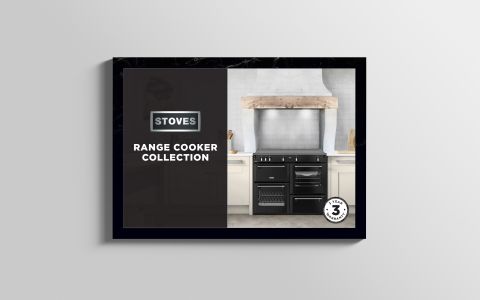
Which Colours Affect Your Mood In The Kitchen? #TasteOfColour
34 per cent of adults admit there are certain foods they’ve avoided purely based on their colour, which is why we have created a series of recipes matching each of the shades in our new Colour Boutique collection, to encourage home cooks to create more adventurous dishes and test their skills in the kitchen.
The research of 2,000 adults also revealed Brits are most likely to turn their noses up at foods with dark hues like black, blue and purple, while 20 per cent don’t eat anything green.
And 45 per cent admit to knowing they eat too many beige-coloured foodstuffs, and should add more colour to their plates.
The study was commissioned in celebration of our brand-new Colour Boutique collection, launched during our Centenary year.
Jane Rylands, Stoves spokesperson, said: “The research has shown us that adding a variety of colours into the kitchen can have a really positive impact on your mood, which is especially important as we head into a second lockdown during the winter months.
“Mixing up what’s on your plate to make it as colourful as possible not only looks great, it does your body good while also improving your mood. Experimenting with colours in the kitchen is an interesting challenge for keen cooks, and the results are well worth the test of skills.”
Three in 10 adults would even go so far as to suggest the colour of a foodstuff affects the way they taste it.
And a quarter believe tastes, in regard to enjoying the tastes different colours offer, changes as one gets older.
Bright colouring of foods can also improve people’s moods according to respondents, with bananas (40 per cent), berries (43 per cent) and strawberries (53 per cent) all said to impact positively.
Just under a fifth (17 per cent) also believe they eat more beige food during the early winter months of November and December.
On an average day, adults believe they eat foods of five different colours, according to the OnePoll research.
In order of likelihood to be consumed, these will most often be green, beige, brown, white and yellow.
More than six in 10 adults have, however, bitten into something they thought they wouldn’t like due to its colour, only to be pleasantly surprised.
But a fifth would go as far as to walk out of a restaurant if they didn’t find the food served aesthetically pleasing enough.
Sophie Wright, chef and radio panellist, said: “Bright and colourful food is nature at its best. It’s so widely available and versatile, even in the dark cold winter months. From vibrant orange sweet potatoes, dark and rich green curly kale to the heady tones of earthy, purple beetroot. Seasonal, heathy and delicious even when prepared in the most simple way.
“Eating all the colours of the rainbow is not only good for your body, but it’s good for the soul and we should all try to include as many colours on our plate and in our kitchens as possible.”
Jane Rylands added: “We’ve created a selection of recipes which match each of our new Colour Boutique shades.
“We think home cooks will be really pleasantly surprised by the taste of even the most unusual hues on their plate, and they’ll certainly be a talking point at the dinner table.”


